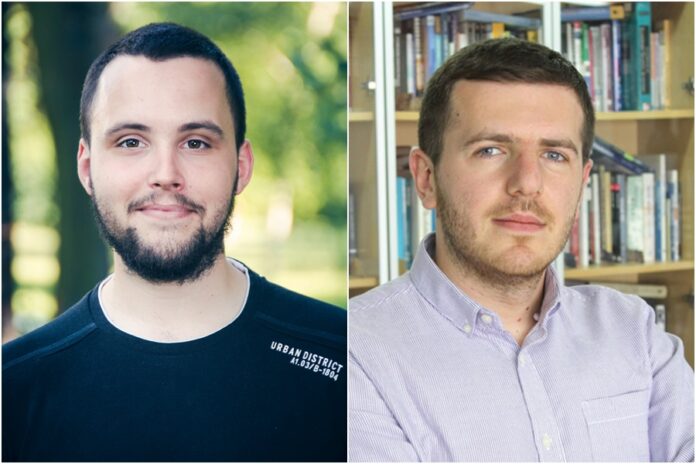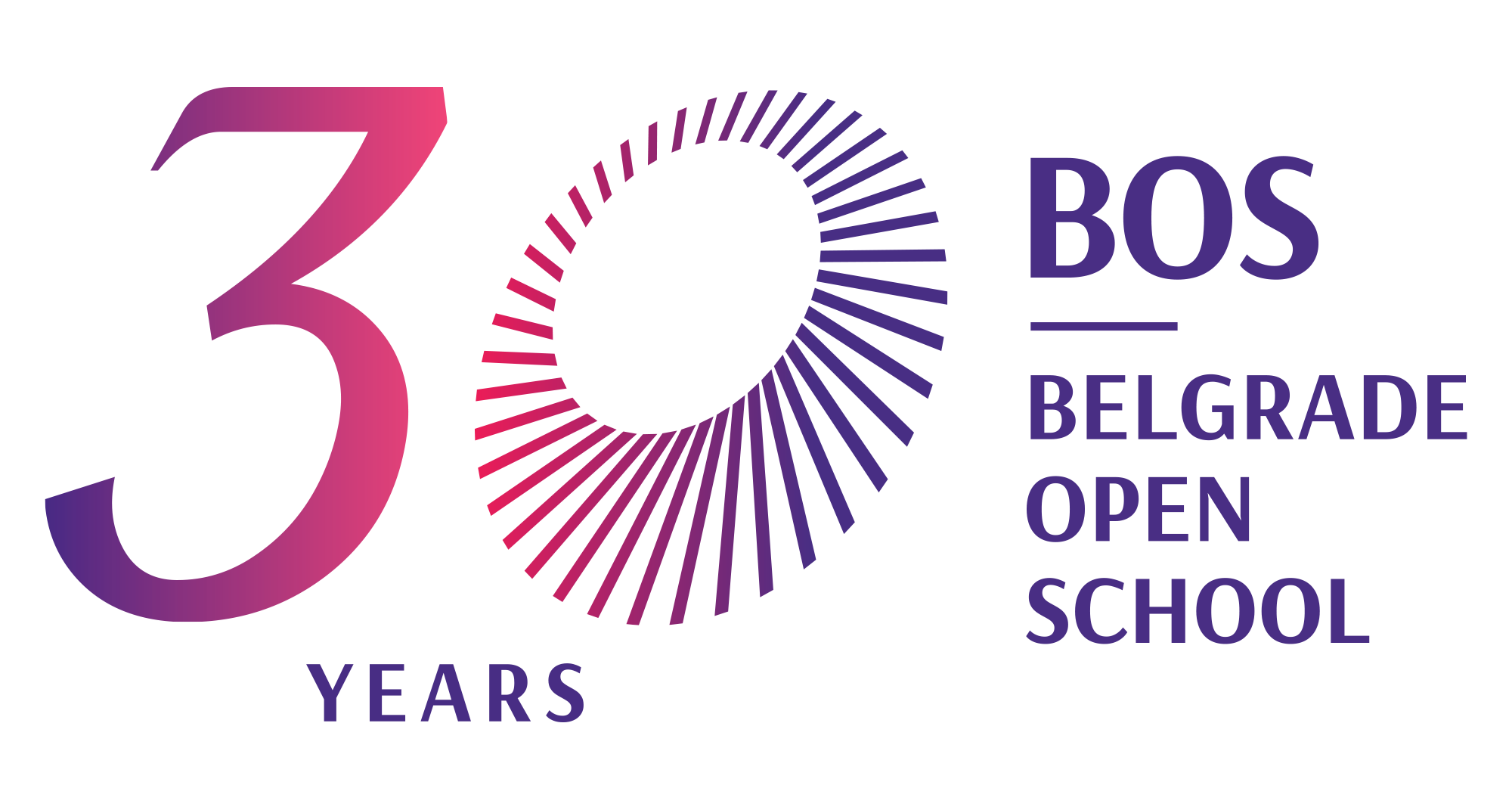
The beginning of the heating season is the right moment to recapitulate the problem of air pollution in Serbia. The moment is all the better if you take into account that two reports were recently published that give an overview of this problem. One is the Shadow Report of Coalition 27, which provides an overview of Serbia's progress in adopting and implementing the acquis of the EU in Chapter 27 - environment and climate change. The second is the Report of the European Commission on Serbia. We also expected the third, most important for this issue, the Report of the Environmental Protection Agency on the state of air quality in Serbia for 2021, but that report has not been published to date.
That we breathe air that shortens our life span and causes numerous health problems became clear when we received data that shows us who, when, where, how and how much pollutes. Air quality monitoring began in 2010, when the Environmental Protection Agency installed the first set of automatic stations. Practice has shown that with the introduction of new measuring stations, the number of cities and towns where poor air quality was diagnosed increased. For now, we are in 15 cities where the air is rated as excessively polluted, which means that between 2.5 and 3 million inhabitants of Serbia are officially exposed to excessively polluted air.
We should keep in mind the over a million people who live in cities like Leskovac, Vranje and Kruševac, who still do not have a complete picture of the quality of the air in their environment. Although there is official monitoring in them, it does not provide data on the main pollutants, so it sends a signal to citizens that everything is fine with the air. On the other hand, their senses tell them that the air is no better than in Valjevo, Smederevo, Belgrade, Kraljevo, or any of the other cities where we have "black on white" that the air is polluted or dangerous to health. That is why it is not enough that monitoring exists, it is important that the monitoring is adequate, i.e. that the dominant pollutants are measured.
Most of Serbia has a problem with excessive pollution of the "particulate" type, that is, the concentration of suspended particles PM10 and PM2.5. Official reports say that the dominant sources of pollution with these particles are individual furnaces and heating plants, while the main sources of pollution with sulfur and nitrogen oxides are the production of heat and electricity. This practically means that the way we heat and produce electricity directly determines the quality of the air we breathe. An exception among cities is Bor, which has high concentrations of sulfur dioxide and heavy metals of industrial origin. The nature of this pollution and its danger in the short term put Bor in the infamous first place of cities with the most dangerous air in Serbia.
At the same time that a good part of Serbia is in "blissful ignorance", Belgrade should get 20 new measuring stations. Belgrade, in which there are already plenty of stations from the state and local network, which implemented the Air Quality Plan for five years without results, only to adopt a new Plan last year that does not include key pollutants - is an excellent example of the need to shift the conversation about air quality from measurement to measures.
In moving towards measures, the European Commission assesses progress as limited, Coalition 27 as a step forward - two steps back. A step forward is that there is more data and that the creation of the National Air Protection Program has been started. Back two because the National Plan for the reduction of emissions of harmful substances from thermal power plants has been continuously violated for years. A step forward due to the fact that the Ministry of Mining and Energy and the Ministry of Environmental Protection conduct tenders for cities and municipalities through which they are awarded funds for the replacement of boiler rooms in public buildings, the replacement of individual fireplaces, as well as the improvement of household energy efficiency. Back two, because the total allocated funds amount to only a small part of the necessary financial investments to achieve clean air in 2030 - which, according to the Program, reach up to 2.6 billion euros.
Whatever the costs of clean air investments, the costs we already pay for air pollution, whether we realize it or not, are far greater, consisting of lost years of life, impaired health and medical costs, as well as large financial losses and lost energy in the public sector and households. In order to breathe cleaner (cleaner) air by the year 2050, further steps forward are necessary, which are primarily reflected in the adoption of the Air Protection Program and its implementation, as well as the implementation of other regulations that we adopted a long time ago. It is clear that we don't have time to take steps back.
The text is written by Ognjan Pantić and Lazar Jovčić from the Belgrade Open School and was published in Nedeljnik magazine No. 563.
Photo source: Freepik.com

